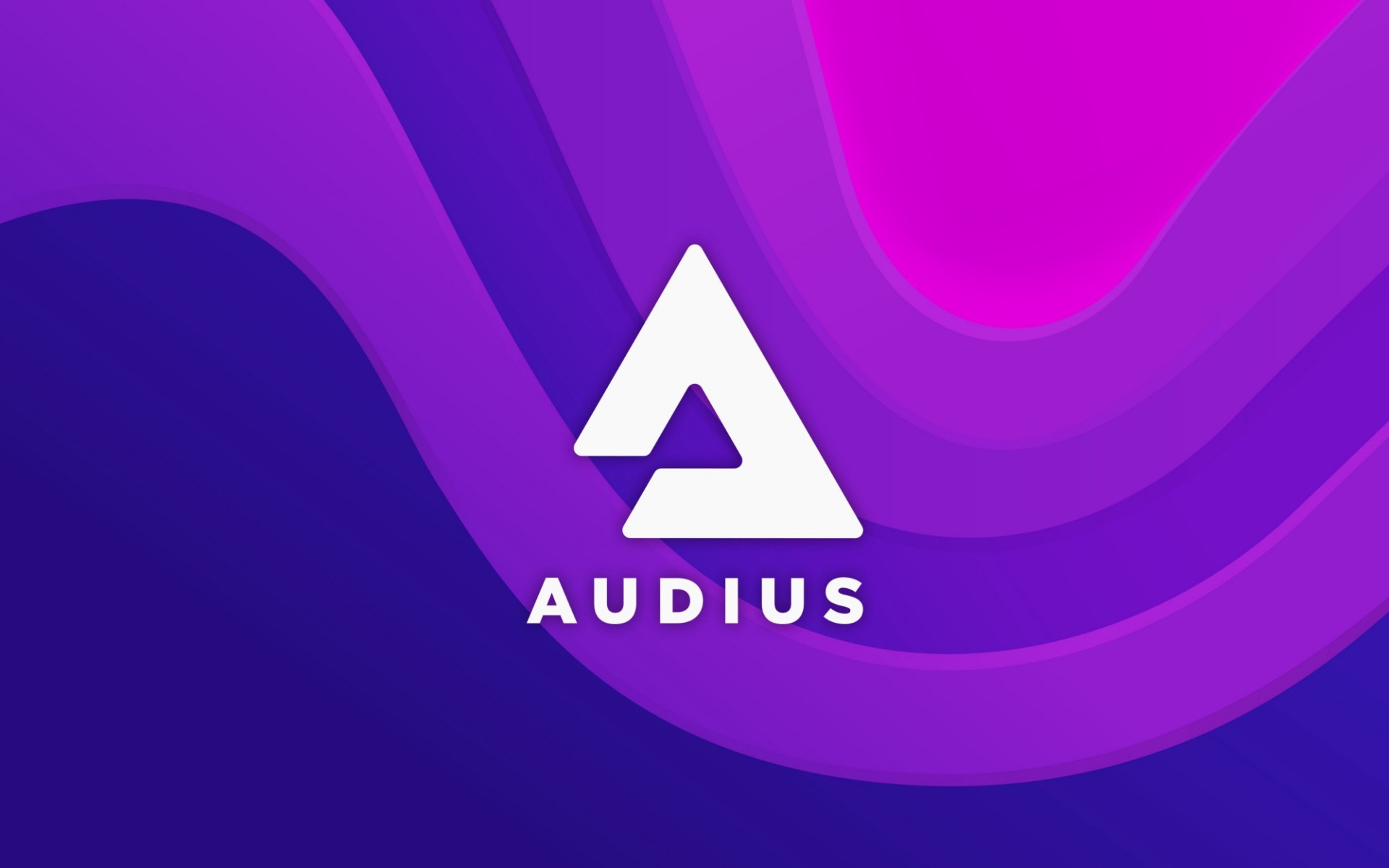
Anatomy of a song: Understanding the song structure

I'd probably expect that everyone knows what intro and outro are, but how much about the song structure do you really know apart of those two? Would you know exactly where to look in your track when someone gave you feedback highlighting some issues in the chorus or breakdown? If the answer is anything else than a confident "Of course!", do yourself a favor and read on, as understanding the song structure doesn't just make conversations about music easier, but it can also help you to write better music.
Before we dig deeper, I'd like to clarify some things first. To keep this article reasonably long and "on point", I'm gonna focus just on modern western music as that feels like the most useful area to explain for most people reading this blog. Also, keep in mind that despite I'll go through a lot of "construction blocks" the track structure is made of, it doesn't really mean that every genre should use all of them (let alone lofi is quite specific in that).
The Intro (Introduction)
The very first part of the song, often without any kind of drums or just some simplified version of the main drum line. The intro is very important for setting the overall mood/atmosphere of the track as it's the very first thing the listener hears (unless he's just served some short snippet taken from the middle of the track), and it usually also sets the key and tempo for the song. Trying to describe how intro usually sounds is a slippery slope tho', as there are simply too many options. Some intros are purely instrumental, some intros are purely vocal, some intros are based solely on drums, some are even two minutes long and insanely epic, some are just 8 bars short, and some tracks skip intro completely (not a big fan of that tho', I personally like some nice foreplay before I hop on to the main thing).
Oh, I would almost forget - there's also one special kind of intro, too, called the "false intro", which means the intro sounds totally different than the rest of the track. Like - "Surprise, motherfuckers!" Nasty, but that mild shock somehow works, too!
Anyway, let's go for a brief example - check out the first 18 seconds of this immortal classic by Crazy Town, as I think it nicely demonstrates everything that's just been said.
The Verse
The verse is that first "proper" part that drops right after the intro, already with drums, bass, and all the other bells and whistles. In music that features lyrics, this is the part where the story usually begins - but sometimes it can happen in the intro itself, too, so let's say it's the part where the story begins to unfold, actually - lyrically, and instrumentally too. In instrumental electronic music (especially those 9 minutes long techno tracks), this terminology is sometimes hard to apply tho', so producers often tend to speak in time marks to better express themselves.
To see what I mean, listen to this legendary tune by Limp Bizkit at 0:44 - that's the exact part when the intro ends and the verse begins.
The Chorus
Chorus is usually the most memorable part of the song that contrasts with the verse, delivering the main motive of the song. Emotionally and instrumentally more powerful than the verse, the chorus is often being repeated throughout the song multiple times, resulting in the song sticking in the head of whoever's listening even more. Same as with verse, this term is most useful when talking about songs that contain lyrics, but it can also apply to instrumentals,
Now, I bet you all do still remember this former big hit and its catchy chorus as well - just skip to the 1:04 mark to refresh your memories a little bit.
The Refrain
Initially, I thought that the refrain is just another name for a chorus and it's understandable as those two are kinda close and as it appears, way more people use them as synonyms, but it's still two different things. Whereas chorus is a separate part of a song both lyrically and instrumentally, the refrain is rather a recurring part of lyrics (the hook) that repeats at least once in the given part of the song and doesn't formally have its own part in a track - it can occur "inside" the verse as well as "inside" the chorus.
To hear what refrain is, check out for the lines "Dream of Californication, Dream of Californication" that first appear at 1:38 in this timeless classic by Red Hot Chilli Peppers,
The Bridge
The bridge, sometimes called "the middle 8", is a short part that is meant to break the repetitive pattern and surprise the listener with something different. It can feature different rhythmics, lyrics and instrumentation, a change of key and many more, making it sound kinda "rogue" in the context of the whole track.
Here, at the 1:04 mark, starts quite a distinctive (and maybe even a bit weird) bridge, beautifully demonstrating the difference between the bridge and the rest of the song.
The Break(down)
It's that "calmer" part the track, where the drums usually go silent and some instruments stop playing, leaving headroom for the singer or some solos, too. (At the end of the breakdown, there can also be some kind of build-up preparing the listeners for what's to come.) The break works in a similar fashion to the bridge - it creates contrast and lets the listener "chill" for a bit smoothly transitioning to another verse. For electronic music like drum and bass, techno or house, the breakdown is almost a rule and it's often positioned somewhere around the middle of the track.
Here's a nice example of a short breakdown starting at 2:10, where the drums go completely silent and only the bass guitar plays along with the lead singer.
The Build-up
Electronic music tends to have its special song structure specifically designed for mixing in clubs and also specifically designed to make people move. Song-structure-wise, this involves things like build-ups and drops, so let's begin with the build-up. As the name suggests, it's that part of the track where instruments and synths begin to rise on intensity (as well as various sweeps get featured into the mix), also drums may appear or get more dramatic, preparing the listener for the drop and the bouncy danceable part that's about to come next. It's debatable if a build-up could be pronounced a formal section of a song, to me it rather feels like a natural progression of the intro or the breakdown - like a part of them rather than a separate section.
For an example of build-up, listen to the following track around the 0:56 mark - the contrast between the calm part of the intro and the build-up is clearly recognizable.
The Drop
This term is almost exclusive for electronic music. It's not a section of the track, in fact, it's just one point, the point where the intro/build-up transitions into the main body of the track with the hit of the first kick and the drop of the bass, all resulting in a mighty BANG that makes you start shaking your head (and body) like a madman. Also, there's the second drop, that marks the spot where breakdown transitions into the second main part of the track in a similar manner as the first one. Anyway, I like to use this term outside electronic, too, when the way the song is made allows it.
This heavy dubstep banger by Excision and that dirty perv Datsik has perfect drops to help you understand - the first one is at 0:28 and the second drop comes at 1:50.
The Solo
The solo is that part where everybody usually shuts down and one of the instrumentalists gets the spotlight to showcase his skills, while the backing chords taken out of the verse, pre-chorus or chorus are playing along. Solos can also happen in electronic music as a part where the lead synth plays some unusual, complicated melody that doesn't occur anywhere else in the track.
As a beautiful example of a guitar solo performed by Steve Vai, check out the part that starts around 4:12. Also, the tune is fucking hilarious, I just couldn't help myself.
The Outro
And finally, we're at the end. The outro is the very last part of the song basically somehow managing to transition the sound back to the silence. It can also have many shapes - instrumental content slowly fading out after the main drums go silent, the whole track can be faded out as well, it can be some final line of lyrics to make some closure or a stripped-down rhythmic part in electronic music. Same as with the intro, there are also tracks that don't really have a specific outro part and end abruptly with a heavy crash hit or something else (in that case, the term "outro" is usually used for the last part before the track ends, as the decay of the crash itself probably doesn't qualify as a proper outro lol).
In what appears to be the most popular tune by Koan Sound on Spotify, Sly Fox, at 3:47 there is a perfect example of an outro to be heard, so listen and learn!

First time on my blog?
Welcome! My name is Pao and I'm the person behind this whole website. Besides making music myself whenever I can, I also write this blog and curate Spotify playlists. Feel free to explore it here a bit - I believe you will find some interesting stuff around ^^






